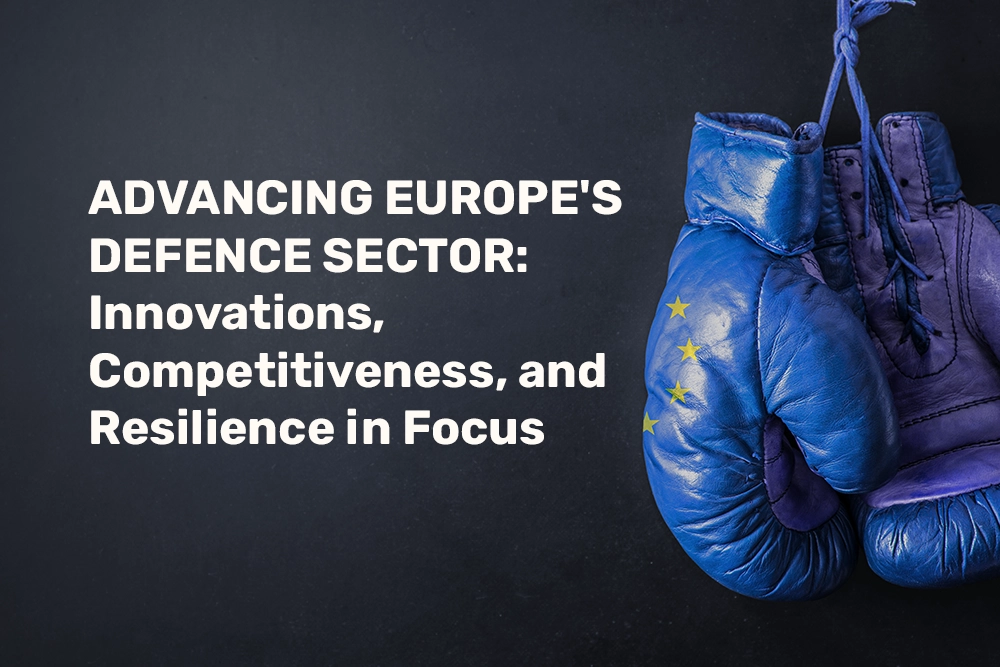Advancing Europe’s Defence Sector: Innovations, Competitiveness, and Resilience in Focus
In the EUCO Summit on 29 June, the European Council recalled the need to strengthen the technological and industrial base of the European defence sector and make it more innovative, competitive, and resilient.
They welcomed progress in the implementation by Member States of the Strategic Compass in various facets, from physical military defence to cyber security to innovation in military mobility. Precisely one week before this summit, this year’s tenders of the European Defence Fund opened, including 32 calls covering all those facets for strong future implementation. They will remain open until the end of November.
Some examples of proposed project topics that can potentially submit for funding are:
- Smart technologies for next generation fighter systems
- Deployable Autonomous AI Agent
- Sensor grids
- Future maritime mine countermeasure capability
- Agile and robust human language technologies for defence
These projects are diverse in purpose and development. However, this diversity also necessitates that responses to those tenders come from businesses across an equally large variety of sectors, which may not all be equally familiar with the defence industry or the European Defence Fund specifically.
The purpose of the EDF is to strengthen European Defence capabilities in all aspects of defence, but the specific goal is to do this through strengthening the European defence industrial base and encouraging cooperation both between Member States and between defence firms. Member States can coordinate for common procurement to decrease cost while increasing financial security for producers. On the other side, defence firms (and businesses in other sectors that may suit defence needs) can cooperate on innovation to decrease their costs to develop innovative technologies and potentially make larger leaps in technological innovation.
The key phrase used in the EDF factsheet is “pooling resources and defragmenting the industrial market”.
The additional cost of this fragmentation is estimated by the European Defence Agency to be between €25 billion and €100 billion annually, which could otherwise be saved to reinvest into further innovation and thus further strengthen of European defence. The EDF’s aim is to help kickstart this process by increasing cooperation with an €8 billion budget from 2021 to 2027, divided into ‘collaborative defence research’ and ‘collaborative capability development’ focuses. This means that application to the EDF requires cooperation between multiple European firms in developing defence capabilities in one of the 32 facets of European defence innovation.
As an example, for the previous call, 41 of 134 projects were awarded a total of €832 million in funding, with each project representing an average of 22 businesses. The three flagship projects that were awarded are the E-NACSOS naval anti-air and missile defence system, the REACTII airborne electronic attack capabilities, and the ODIN’s EYE II space-based missile early warning system. 39% of the selected winning firms were SMEs.
A complete list of calls for the European Defence Fund can be found on the Funding and Tenders Portal of the European Commission.
For more details, please feel free to contact EUFUNDINGHUB to find out more!
EU funding news and articles. All new articles in one place!
Do you want to read all the articles ahead ? Subscribe now and receive our online magazine each month!


Recent Comments